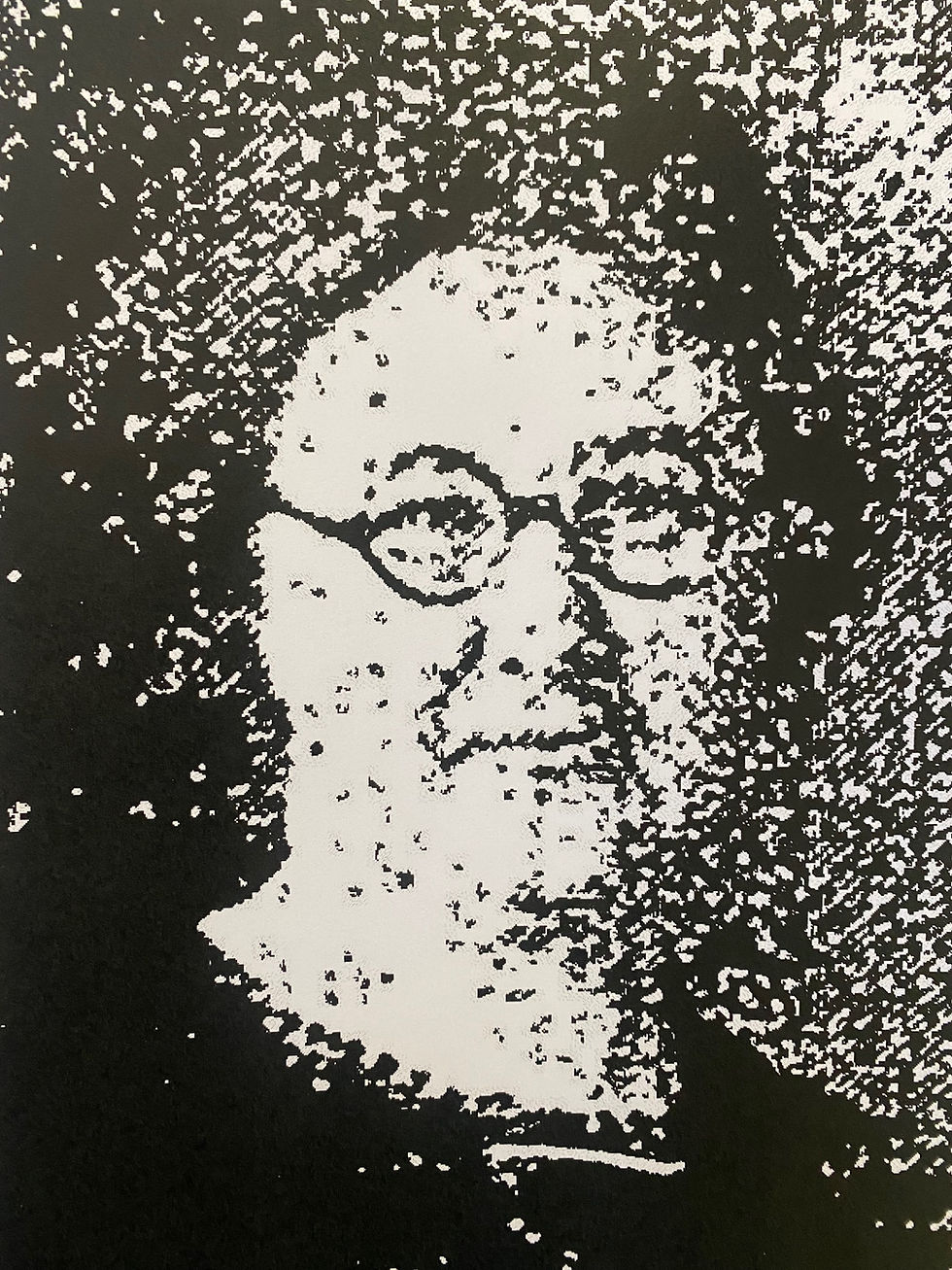Goesaert v. Cleary-Raising the Bar for Equality
- kellison71
- Jul 5
- 4 min read
Passing the Bar
Every July the Castle Test Kitchen turns into a cocktail lounge as we slake our thirst for some libations history. This year, in honor of our new exhibit Order in the Court: The Legacy of Saginaw County’s Courthouses, we enter The Bar (get it? I’ll show myself out.) with some legally connected beverages and a shot of Michigan history.

Raising the Bar for Equality
Women were celebrated during WWII for wearing pants and entering the workforce to keep America running while the boys were off to fight. Rosie the Riveter is the most popularized role, but women entered a wide range of professions, including bartending. What is less discussed is that after the war, women were pushed out of traditionally male jobs to make way for men.
Michigan women bartenders decided to fight back.

In 1945, Michigan legislatures made the wishes of the Detroit Local 562 of the Bartenders’ Union law by amending the Liquor Control Act of 1933 to prohibit women in municipalities of over 50,000 people from bartending unless, of course, the bar was owned by their fathers or husbands. In addition to expelling women from behind the bar, it also hamstrung women bar owners – they were now required to hire male bartenders for their own establishments.
The Union argued that it was for the protection of women since bars were where men go to discuss masculine things. Yet, as the women pointed out, waitresses were employed and at far greater risk of manhandling on their way to tables than they were when the bar itself blocked men’s reach. This “protection” women were granted from the immorality of mixing drinks, conveniently remained quiet about how much better paid bartenders were.

That is until lawyer and feminist Anne R. Davidow took up the women’s cause.
The case Goesaert v. Cleary (named for plaintiff Valentine Goesaert, a tavern owner) made its way to the US Supreme Court, where Davidow argued that the Michigan law violated the equal protections clause of the 14th Amendment. Davidow made history by being the first to argue that sex discrimination denied women their constitutional rights.
The Michigan Eastern District Court ruled that the 14th Amendment did not ban all classification of work. Justice Frank Picard dissented and felt this case demonstrated precisely the type of discrimination the 14th Amendment should prohibit. But the majority ruled that saving women from the “grave social problem” of serving alcohol was the key issue.
The women carried their battle to the Supreme Court in 1948. Davidow again argued for equal protections under the 14th Amendment. Again, women bartenders lost. As Justice Felix Frankfurter wrote in his opinion, the dispensation of liquor was the moral question at hand, not the right to work. He argued that women had no federal right to any employment; therefore, a restriction on type of occupation could not be in violation of their rights.
Davidow may have been defeated in the courts, but her arguments made history nevertheless. Eventually, Michigan would repeal its discriminatory law, and Davidow’s argument became the basis of the Equal Rights Amendment. Davidow’s determination to end sex discrimination influenced many.
Davidow, along with her brothers, also became well known and respected as the lawyers for the Reuthers and the UAW, but that is history for another day.
Of her pioneering argument before the US Supreme Court, Anne Davidow said, “I was quite radical in the sense that I couldn’t see any reason a woman couldn’t do anything a man could do.”
Definitely Stirred (like a stirring legal argument)

In 1950, a New York Times article appeared: “Lady Bartenders? Not on your Martini!” So in honor of those Michigan women bartenders and Anne Davidow, we will raise a martini!
Let’s dust off our copy of David Embury’s The Fine Art of Mixing Drinks. Why? Because this cocktail book was published in 1948, the year Goesaert and Davidow took their case to the Supreme Court. And it’s just a great cocktail book.
Old cocktail books are a treasure of interesting tidbits, and boy did this CTK tester go down a spirited rabbit hole. Did you know that shaking a cocktail will make it cloudy? So, in the case of a martini where you want the drink to be crystal clear, you stir. James Bond had it wrong! Gasp!

Embury had a lot to say about proper martini recipes, so we will go with the only one he said is worth drinking.
Martini de Luxe
1 part Lillet Vermouth
7 parts English Gin
Stir well in a bar glass or Martini pitcher with large cubes of ice and pour into chilled cocktail glasses. Twist lemon peel over the top.
The distinction between the Martini and the Gibson is simple. The Martini is served with an olive, the Gibson is served with a small pickled cocktail onion.
We’ve shared the link so you can page through The Fine Art of Mixing Drinks yourself, and learn all of Embrury's tips and opinions (including why you twist the lemon peel) and why quality matters.
We opted for an olive because this is a Martini. Salut, Anne Davidow and Valentine Goesaert.
Sources:
Amy Holtman French, “Mixing It Up: Michigan Barmaids Fight for Civil Rights,” Michigan Historical Review, vol. 40, no. 1 (Spring 2014), 27-48.
Anne R. Davidow, Biography File. Michigan’s Hall of Fame.
David A. Embury, The Fine Art of Mixing Drinks, London: Faber and Faber Limited, 1948.





















